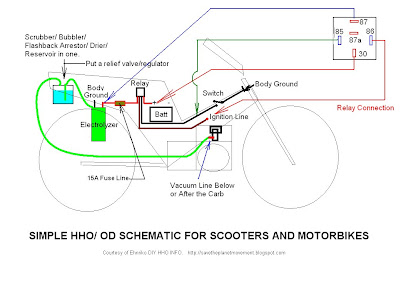This technology can be used to generate hydrogen simply by adding either aluminum or magnesium to functional water.
Two liters of hydrogen can be generated for each gram of aluminum, while each gram of magnesium will generate 3.3 liters of hydrogen.
This will allow the production of 1kwh of electricity at a low cost of approximately 15 yen (calculated based on the use of unused aluminum powder).
This cost can be reduced even further by using recycled aluminum cans.
The experiment in the following video shows how quickly and easily hydrogen can be generated with this technology.
Functional water allows hydrogen to be generated in large volumes.
The bonds of hydrogen molecules in functional water are easily broken, and the reaction with either aluminum or magnesium produces a large volume of hydrogen.
Functional water is produced by simply passing tap water through an apparatus that contains natural minerals.
Elaborate facilities and laboratories are not required.
Since functional water can be produced simply by passing tap water through an apparatus that contains natural minerals, there is no energy cost.
"If we use this technology in the future, we will be able to drive cars without gasoline or electricity, using only water.
Water will become an energy resource, replacing petroleum-based fuel.
We are currently researching and developing technology to generate hydrogen at zero cost.
Someday it will be possible for each household to generate its own hydrogen. The private generation of electricity using hydrogen is not an impossible dream."
Two liters of hydrogen can be generated for each gram of aluminum, while each gram of magnesium will generate 3.3 liters of hydrogen.
This will allow the production of 1kwh of electricity at a low cost of approximately 15 yen (calculated based on the use of unused aluminum powder).
This cost can be reduced even further by using recycled aluminum cans.
The experiment in the following video shows how quickly and easily hydrogen can be generated with this technology.
Functional water allows hydrogen to be generated in large volumes.
The bonds of hydrogen molecules in functional water are easily broken, and the reaction with either aluminum or magnesium produces a large volume of hydrogen.
Functional water is produced by simply passing tap water through an apparatus that contains natural minerals.
Elaborate facilities and laboratories are not required.
Since functional water can be produced simply by passing tap water through an apparatus that contains natural minerals, there is no energy cost.
"If we use this technology in the future, we will be able to drive cars without gasoline or electricity, using only water.
Water will become an energy resource, replacing petroleum-based fuel.
We are currently researching and developing technology to generate hydrogen at zero cost.
Someday it will be possible for each household to generate its own hydrogen. The private generation of electricity using hydrogen is not an impossible dream."

